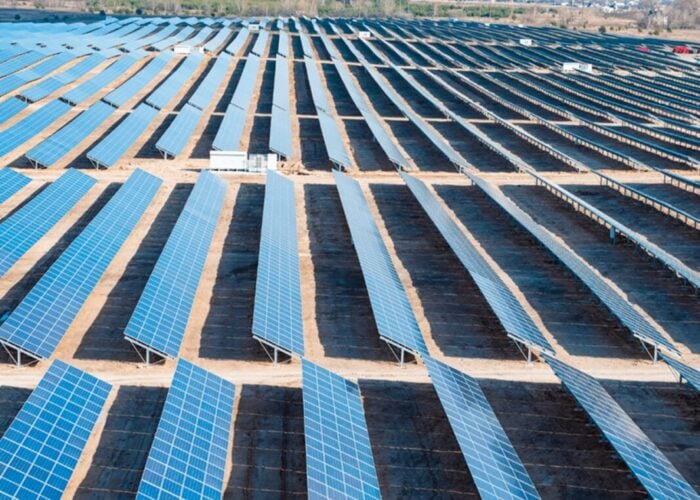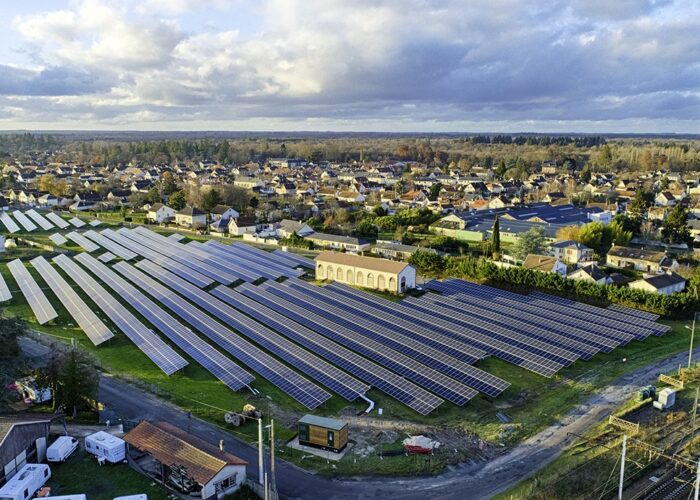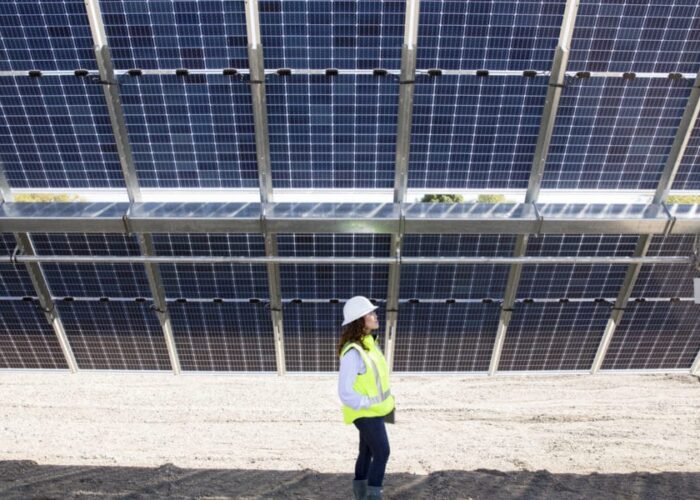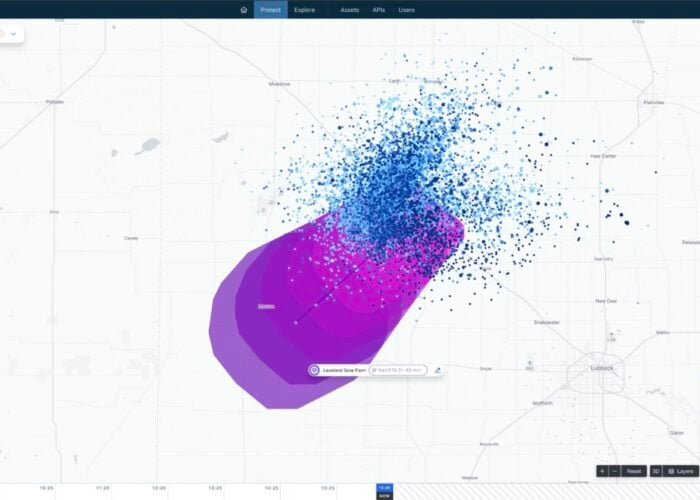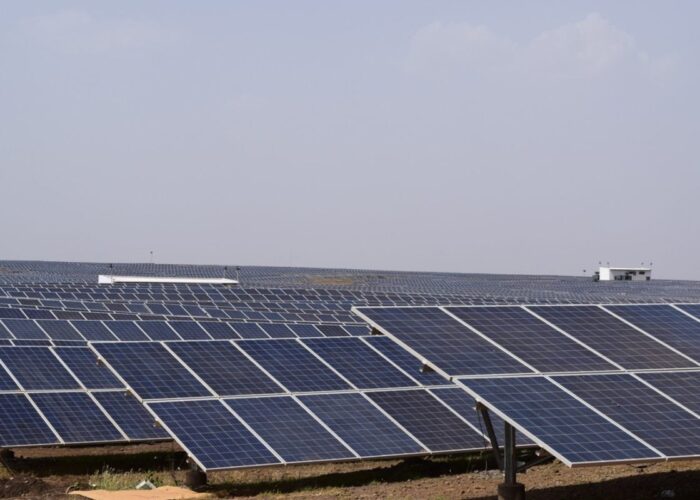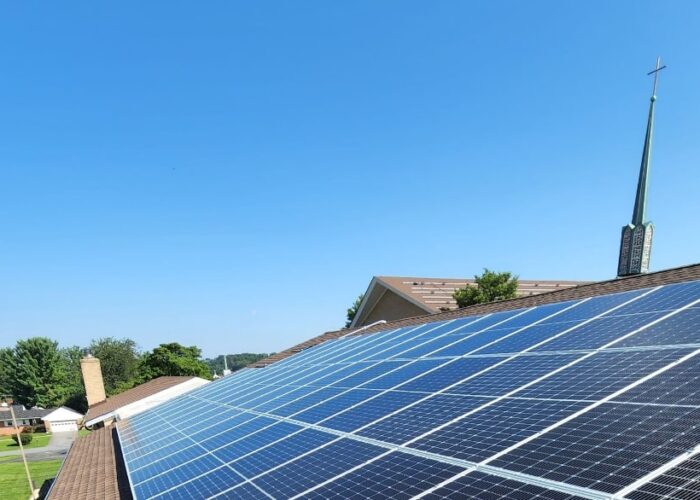Community solar in the US could be eligible for the federal investment tax credit (ITC), according to an advocacy group which has sought a private ruling from the Internal Revenue Service (IRS).
The non-profit Clean Energy States Alliance (CESA) said yesterday that it had, along with stakeholders in Vermont and Massachusetts and a law firm, Foley Hoag, put together a request for a Private Letter Ruling to the IRS. The request asked directly if one unnamed homeowner, who is engaged in a 150kW community solar project, would be eligible for the 30% of tax breaks available to residential solar customers across the US. CESA’s members include regional regulators and utilities.
Try Premium for just $1
- Full premium access for the first month at only $1
- Converts to an annual rate after 30 days unless cancelled
- Cancel anytime during the trial period
Premium Benefits
- Expert industry analysis and interviews
- Digital access to PV Tech Power journal
- Exclusive event discounts
Or get the full Premium subscription right away
Or continue reading this article for free
Community solar in the US is offered to homeowners who do not have suitable roofs of their own to host their PV arrays. According to some estimates, this applies to as much as half of the country’s population. This includes large numbers of people who rent their homes, or who may only be planning to stay in a property for a relatively short time before moving.
Under most community solar schemes, a ‘shared’ PV array is installed, often in an offsite ground mounted solar garden or solar farm. For the latest Private Letter Ruling request, CESA and its colleagues asked the IRS if a customer in Vermont would be eligible for the ITC for his stake in the 150kW Boardman Hill solar farm. According to CESA, uncertainty over the ITC and community solar is “creating confusion in the marketplace”.
While the letter ruling request was received back confirming that the IRS would rule the community project was “qualified solar electric property expenditure” for the ITC and CESA pointed out that it could “open up project opportunities for direct ownership of community-shared solar systems by multiple individuals,” the non-profit was also at pains to highlight that due to the request being submitted on behalf of a private individual, the ruling cannot be taken at face value as a legal precedent.
“While the ruling is only legally applicable to the individual taxpayer in question, the ruling will be taken as a positive development by community-shared solar participants and project developers,” Nate Hausman, CESA project manager, wrote in a blog on the organisation's website.
Community solar engagement
The US has seen community solar start to grow recently, with SolarCity among the big PV providers making its first forays into the sector and various states enacting legislation to help it along. SolarCity CEO Lyndon Rive even said that he could foresee community solar becoming an attractive enough proposition that it could even survive a post-ITC industry climate. The ITC is scheduled to drop from 30% to 10% for utility projects and zero for residentialat the end of 2016, prompting industry calls for its extension.
Earlier this summer GTM Research even said community solar is the “most significant” growth market in the US, expected to be worth US$500 million by 2020.
Tendril, the energy and energy data management software company in which SunPower invested around US$20 million to license a solution for energy monitoring, has also joined the community solar movement.
Tendril CTO Jake Meier told PV Tech the company’s platforms could help overcome some of the non-financial barriers to community solar, starting with the level of engagement or emotional connection households had with their shared solar projects.
“…The problem with programmes like this as they’ve come to the utilities in the past, you buy wind credits or something like that from a wind farm that’s a few hundred miles away and over time you lose your connection with that wind farm, your emotional connection with that wind farm,” Meier said in an interview last week.
“All of a sudden, you’ll get your bill, you’ll see that you’re spending more than you want to spend and you ‘churn out’ of (leave) that programme.
“We can identify the best customers to reach out to, that are likely to engage with the community solar and the solar garden programme and not churn out in the future, reducing costs of acquisitions in that programme. But more important, we deliver a user experience, through web portal, mobile applications, through other embeddable software visualisation that allows that user to feel like the solar is sitting up on their roof. They can see the production of the panels that they’re ‘paying for’ and they can see how that production compares to their consumption information.“
According to Meier, the intimacy created by this relationship helps customers engage with the programme and with their own energy usage. It also lowers costs versus individual rooftop installations, in theory, and could also prove popular with utilities, he said.
“[Community] solar gardens are a way that not only can other third parties come and serve households but [it is also a way] that traditional, vertically integrated utilities can do the same. They can get a piece of the pie of the solar movement and change their energy mix and still have something where homeowners feel good about the energy they’re using.”

